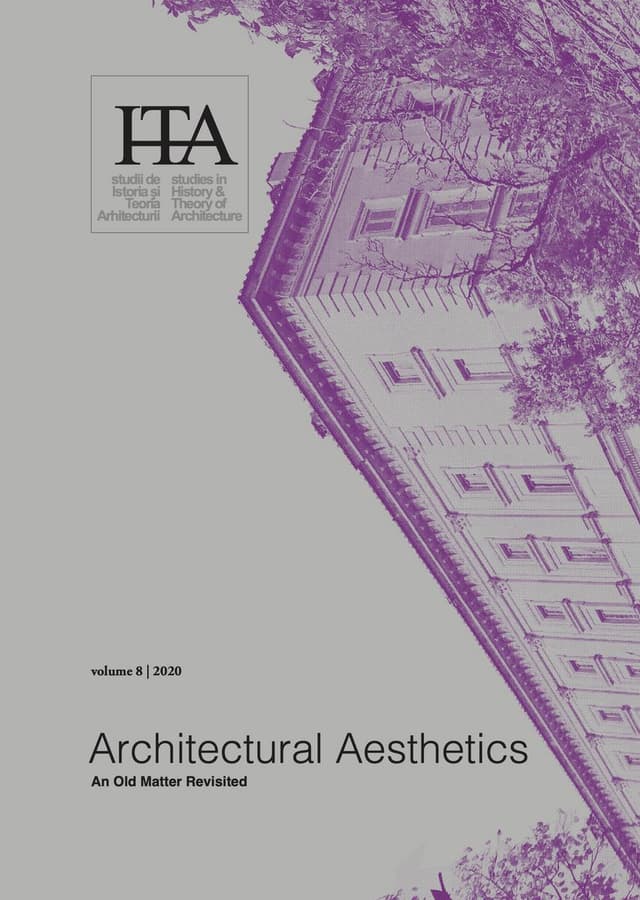Junk Playgrounds. The “Anti-Aesthetics” of Play in Post-World War II Playground Design
by
Christos Papastergiou
Keywords
post-war junkyards
leftover sites
qualities of play
children in the city
By introducing the idea of the “Junk Playground,” the Danish landscape architect Carl Theodor Sorensen understood play as an “anti-aesthetic” activity. Sorensen came up with the idea of the junk playground by observing the free play of children in post-war junkyards and bombsites and their imaginative use of disposed objects found on site. He believed that such a playground could promote an anti-aesthetic quality as an important quality of free play. In doing so, Sorensen discussed the idea that play should not be seen as a didactic activity promoting established aesthetic values. Instead, play could be seen as an anti-aesthetic practice and, consequently, it could take place in anti-aesthetic places, such as junkyards and other leftover sites. Similar approaches were pursued by the British landscape architect Lady Allen of Hurtwood who worked on the idea of establishing playgrounds in post-war bomb sites and the Dutch architect Aldo van Eyck who from 1947 to 1978 worked on converting more than 700 leftover sites in Amsterdam into playgrounds, while in 1960s the Greek architect Dimitris Pikionis evolved the idea of the junk playground by using humble found and natural materials in his playground at Philothei, Athens.
This article follows the evolution of the playground design during the post-WWII period. It seeks to relate this evolution with the conception of “anti-aestheticism,” which, however, does not refer to the modernist “nihilistic” approach, or utopian denial of aesthetics, but, as Hall Foster puts it, seeks to link anti-aestheticism to a “critique which destructures the order of representations in order to rein-scribe them,” meaning a critique that aims at destructuring play as purposeful activity with a didactic and moral character subject to a dominant aesthetic value.
Published in

Chicago citation style
DOI:
10.54508/sITA.8.18